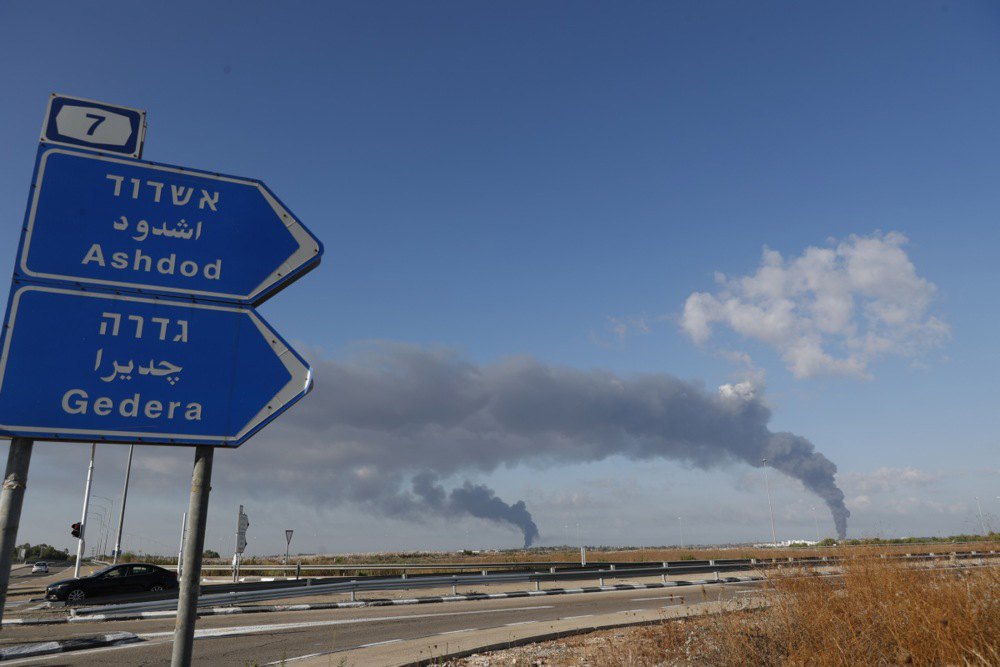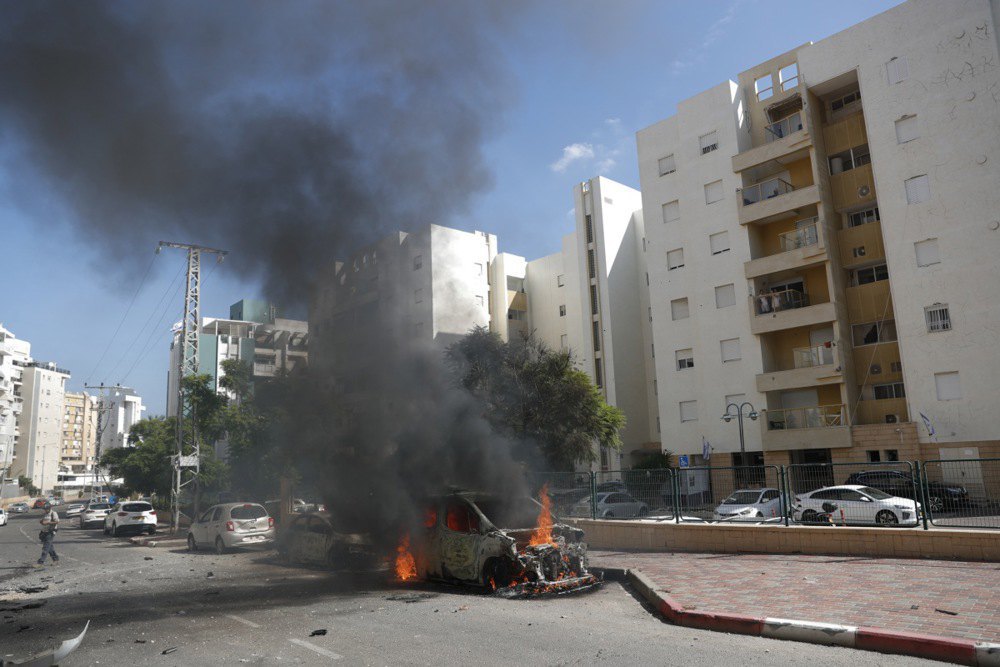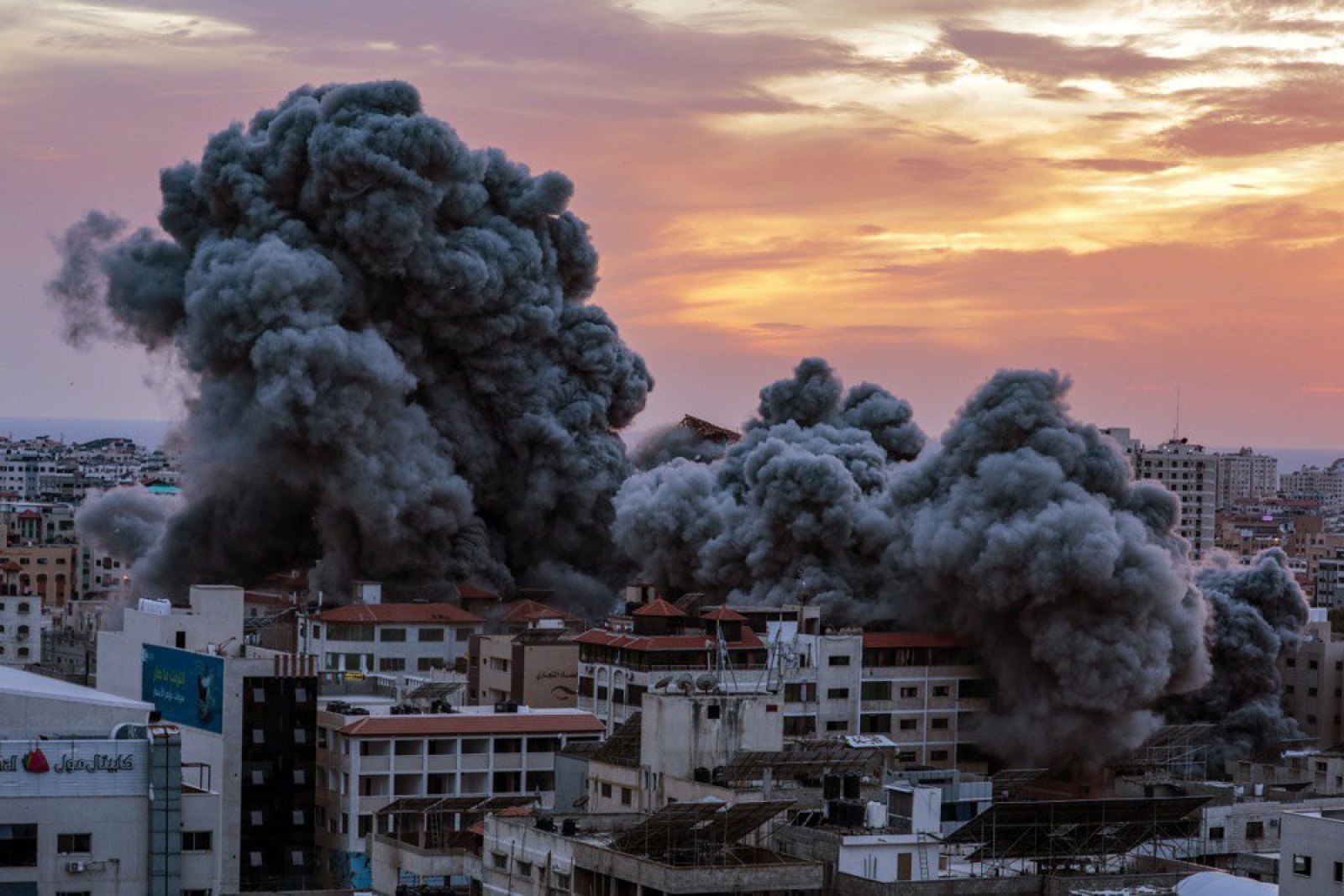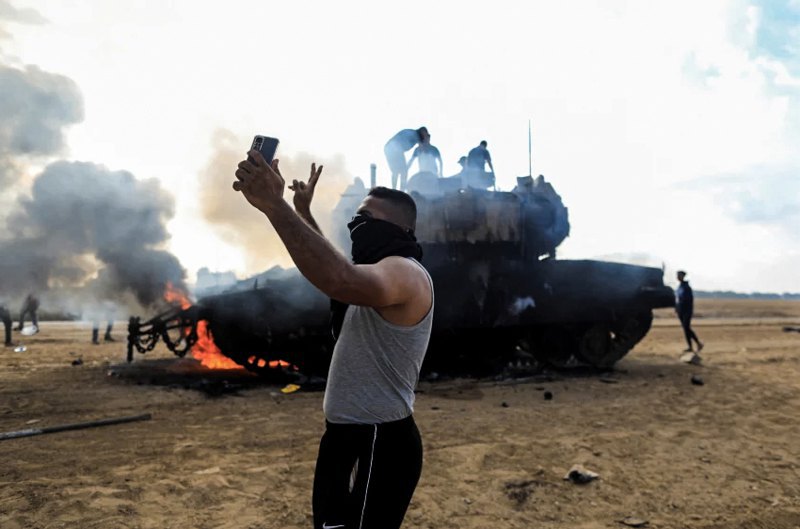
As Israel was commemorating the 50th anniversary of the Yom Kippur war, the attack from Gaza reopened old wounds. The lack of advanced warning, the abject failure of the seemingly impenetrable defensive line and the heavy toll in casualties and hostages were reminiscent of the surprise and failure that accompanied the Egyptian and Syrian attack of October 1973. Some even see commonalities between Israel’s current government and the rigid leadership of the government in 1973.
By noon, Hamas controlled several border communities such as Beeri (where Hamas is reportedly holding dozens of locals captive), while its squads were also rampaging in the towns of Sderot, Netivot and Ofakim (captives are also being held there) and the villages of Netiv Ha’asara, Nir Oz, Nir Am, Sufa, Magen, Kfar Aza, Holit. For parts of the day, Hamas was in control of these communities, but was repelled from most of them by evening. Hamas was not looking to hold any territory but to kill and abduct as many Israelis as possible and is succeeded in catching Israel off guard.
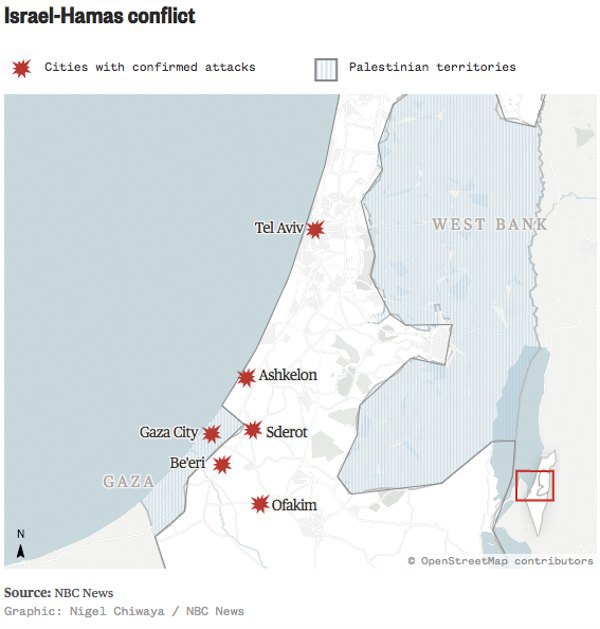
Hamas’ incursion was brutal and violent, and led to more than a 250 dead, dozen abducted, and thousand wounded in just 24 hours, mostly civilians - a death toll far exceeding the entire death toll of the combined toll of the past 10 years combined. Bodies of Israeli civilians were strewn in the streets, old women were shot in a bus station, and Hamas operatives filmed themselves joyriding through the area with an Israeli senior citizen and photographing her in mocking fashion. Some of the pictures were reminiscent of the Russian assault on the Ukrainian town of Bakhmut.
Officially Hamas claimed it started the operation as a retaliation to Israel’s policies in the West Bank, especially it’s supposed defiling of the Al-Aqsa Mosque by allowing Israeli Jews to enter Temple Mount during the holiday of Sukkot.
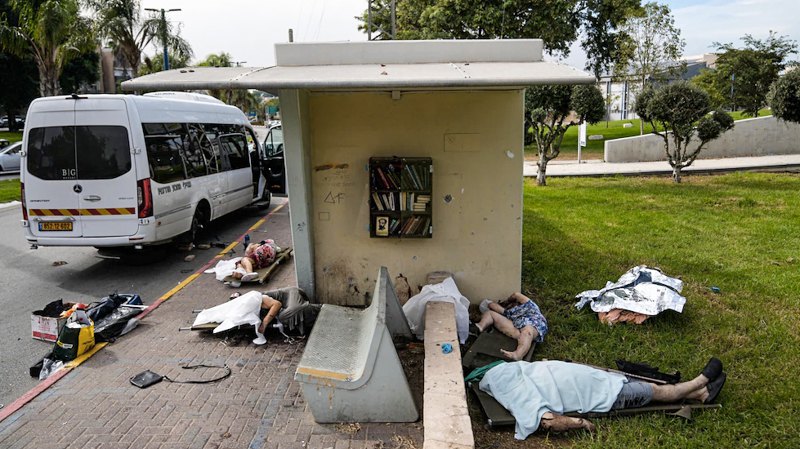
However, it is unclear what really made Hamas launch the attack at this juncture. Israel was committed to providing additional aid to Gaza, allowed thousands of Gazans to work in Israel and was even favorably looking into allowing the Palestinians to tap into the gas field in the waters near Gaza. A clue to Hamas’ initiative may be found in a meeting in early September of senior members of Iran, Lebanese Hezbollah and Hamas, and Teheran’s aim to sabotage a potential pact between its three archenemies, the U.S., Israel and Saudi-Arbia. A conflagration in Gaza may be the one of the most effective ways Iran can see to scuttle such a deal, and create tension between Jerusalem, Riad, and Washington.
Hamas would see the success of its incursion in its domestic dispute with the Fatah led Palestinian Authority. Hamas has long been trying to energize the Palestinians in the West Bank to be more active in attacking Israelis, and even try to take under its wings local group such as the “lion den” (Nablus), or the various groups in Jenin. But Hamas gained little traction, as the Palestinian Authority and the Israeli security forces worked to deny it any gains in the area. However, the unparalleled success of its October 7 operation, may lead more Palestinian youths to support it in the West Bank, and follow its terrorist agenda.

From the Israeli standpoint, Hamas dealt it a staggering blow - the failure to protect the border communities and Hamas’ ability to overcome Israeli defenses are a heavy blow to the national morale and the prestige of the IDF, while Hamas’ ability to take many soldiers and civilians hostage, gives the terror group a strategic asset that is usually uses to force Israel to release imprisoned terrorists, and extract other concessions.
By itself these results give Hamas a huge accomplishment in the hostilities, and force Israel to adopt a harsh response, or risk a further decline in its deterrence and its regional standing. It seems that Hamas has forced Israel’s hand into going into a devasting war in Gaza, which may also evolve into hostilities with Lebanon, should Lebanese Hezbollah gets involved in them.
Israel would naturally seek first to secure its territory and remove any Hamas presence form the area, while amassing its troops for a significant ground operation. Israel would use its airpower and afterwards execute a land maneuver into Gaza, with the aim of dealing a decisive blow to Hamas military infrastructure, logistics and personnel, and take out as many of its leaders as it can. These plans may change should the Lebanese front become active, as Israel may decide to focus on the greater threat presented by Hezbollah.

Israel was open to many humanitarian efforts during its various operations in Gaza over the Past decade and a half, during military operations and afterwards, but the overwhelming amount of dead or wounded civilians, could change its behavior, and it will not allow humanitarian aid or electricity to enter Gaza from Israel, as long as Israelis are being held hostage by Hamas.
